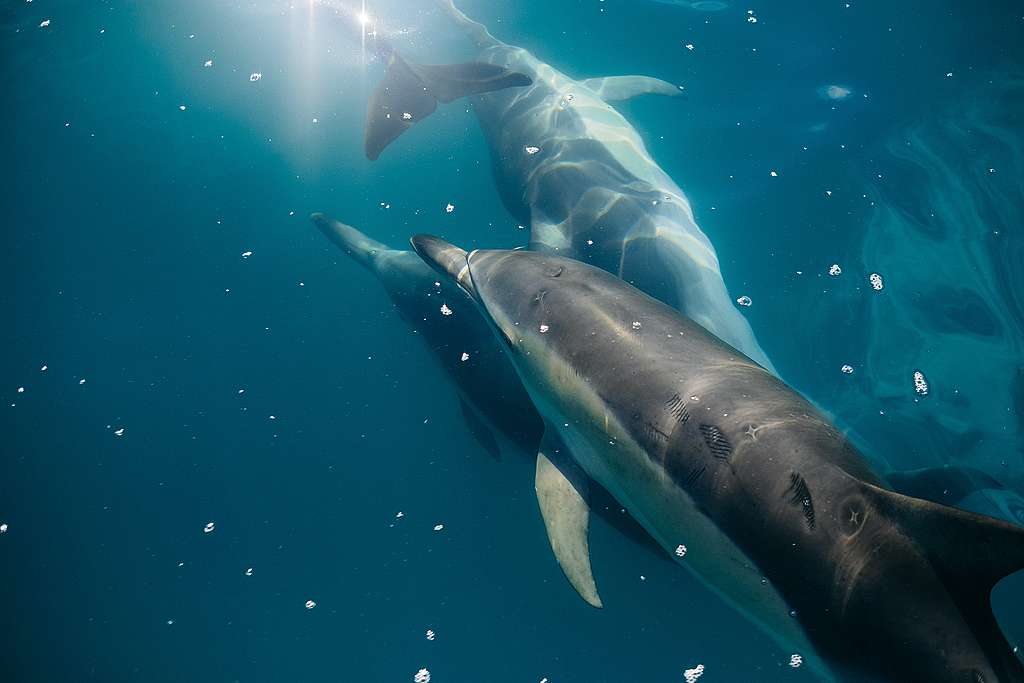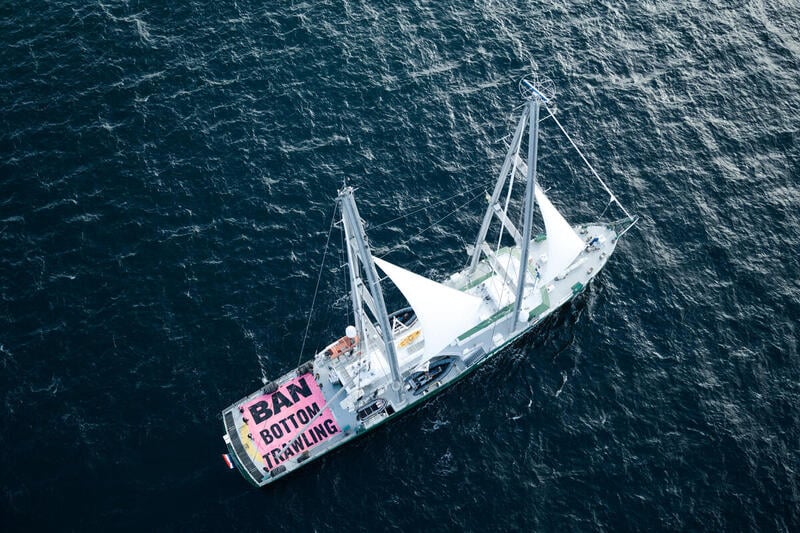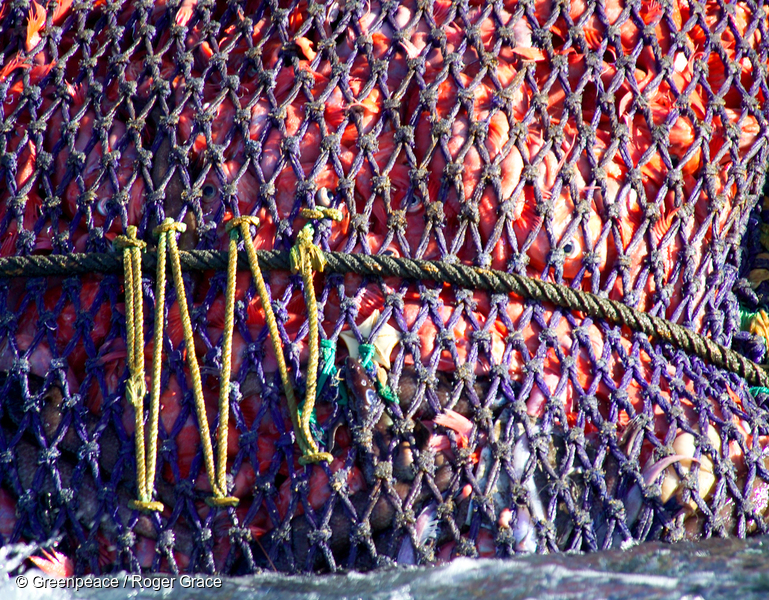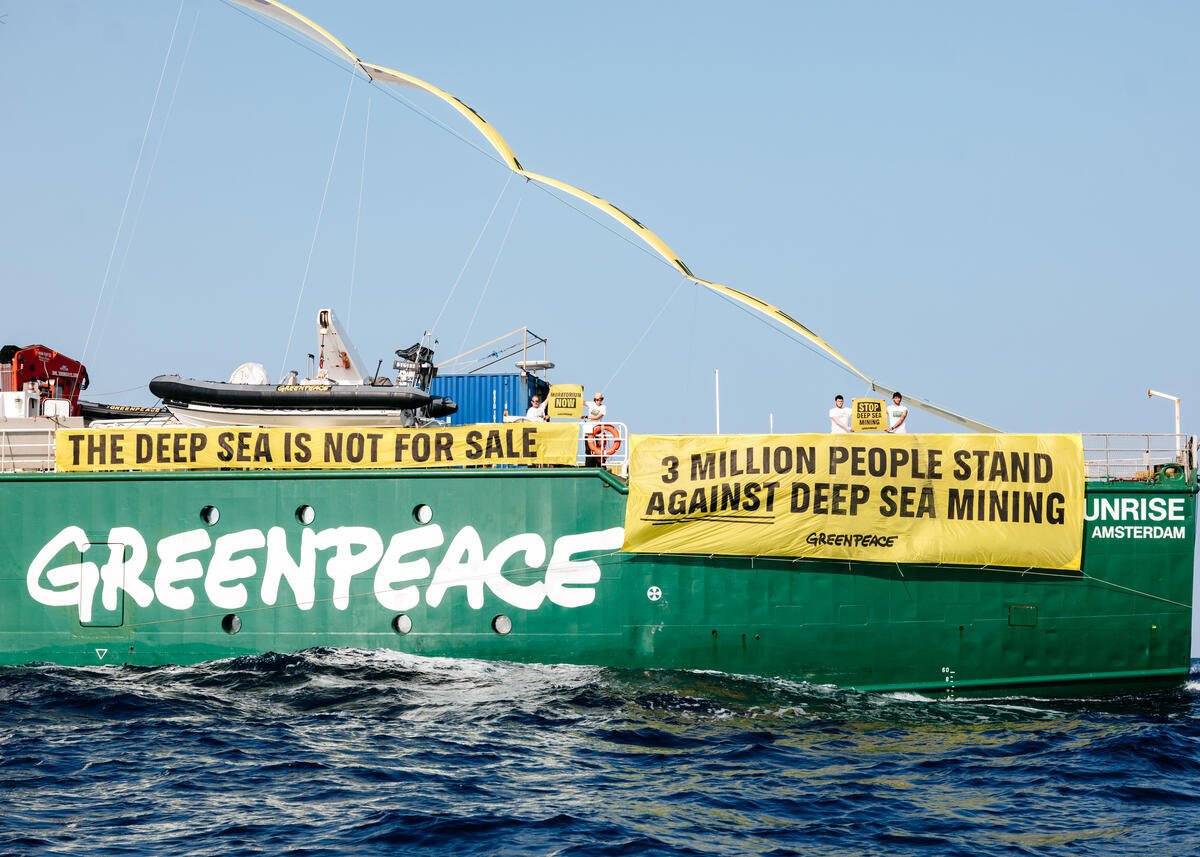Last week, leaked audio revealed the Minister of Fisheries, Stuart Nash, blaming NZ First for delays to cameras on commercial fishing boats. In the recording, Nash said he was having to “play the political game,” because NZ First MPs Shane Jones and Winston Peters had made it very clear they do not support the scheme.
Both Nash and NZ First have since denied the claims made in the recording, and have bounced between various excuses as to why they were made. Shane Jones initially said he suspected Covid-19 had something to do with the delays, but later proudly defended his position as an advocate for commercial fishing, even calling himself an “apostle of industry.”
The cameras on boats programme was meant to be implemented years ago, but its rollout has been delayed time and time again by the coalition Government, most recently by 15 months. These delays have made headlines, with journalists, environmentalists and recreational fishing groups asking what’s really behind the reluctance to get this project underway.
You can read more about that here.
The point of cameras on commercial fishing boats is to increase ocean protection, ensure vessels are complying with the law, and that they’re accurately documenting things like the size of catch, and any bycatch. Cameras are about transparency and accountability for an industry that so far has had little.
Better information means informed decision-making
The best way to make decisions is when the most accurate information is available. A doctor wouldn’t prescribe a treatment plan without understanding the patient’s disorder, and the same is true when it comes to making important calls on our environment.
Due to poor monitoring of the commercial fishing industry, decisions on managing the oceans are currently based on an incomplete picture. Predictions can be made based on the data we do have, but there’s a simple solution that could give us a much clearer idea. It’s called cameras on the full commercial fishing fleet, and it’s been on the table for years.
At the moment, fishers are required to self-report bycatch incidents, and there aren’t cameras on the vast majority of the fishing fleet. What we do know is that when cameras are on commercial fishing vessels, reporting of these bycatch incidents jump significantly, suggesting that reporting isn’t happening as often as it should.
The commercial fishing industry is very sensitive to the suggestions that cameras on the NZ fleet would increase reporting. But if the industry is as unfallable as it claims, and they’re keeping in-line with catch limits and reporting bycatch every time it happens, then why does the camera programme scare them so much?
Decisions on ocean management should be made using the full picture, not one the fishing industry has painted itself.
New Zealanders deserve to see what happens out at sea
Being able to see what’s happening out on the water is important for people who care about the oceans. It’s all about transparency. Since 2013 a dozen whales, two orca, six hectors dolphins and thousands of seals have been caught by commercial fishing vessels in New Zealand waters. But this number is likely just the tip of the iceberg. Because this is based on self-reporting, the actual number is likely much higher.
This visual information from cameras belongs in the public domain, as everyone has a right to know what’s going on off our coasts, and the cost that’s having on native wildlife. That’s why we support a cameras on boats programme that must be run independently of the commercial fishing industry – for transparency’s sake.
We have the highest proportion of threatened native species
It’s a shameful accolade. Many of these threatened species exist in the marine environment. From our rare penguin species to endangered Māui and Hector’s dolphins, our waters are the envy of many around the globe. But our leaders are failing to protect them from the threats they face, and commercial fishing poses a huge risk to them.
If Government leaders don’t start standing up to commercial fishing, and making the hard calls to protect the oceans, species will continue to slide towards extinction. For endangered seabirds like the anitpodean albatross, those calls really can’t come fast enough.
Cameras on boats work
A study in Australia showed cameras on boats increased reporting of bycatch by eight times that of when cameras were not present.
Cameras, quite simply, increase compliance with the rules. To prevent speeding we have cameras on the roads, and we wouldn’t expect to tackle this problem by telling people to report on themselves.
Cameras have been trialled on boats in New Zealand, but we still don’t have a nationwide programme. And despite Stuart Nash’s claims he was playing the long game in 2018, two years later we still do not see the “tidal wave” he promised.
What you can do
We launched this petition at the start of 2020, calling for better transparency around fisheries decisions in New Zealand. Adding your name will help increase the pressure on the Government to do this.
If you’ve already signed, share the petition page on social media to help us spread the word!

Call on the NZ Govt to commit to implementing cameras on the whole commercial fishing fleet. I want to see a clear plan to meet this deadline and transparent reporting on progress of that plan.
Take Action



